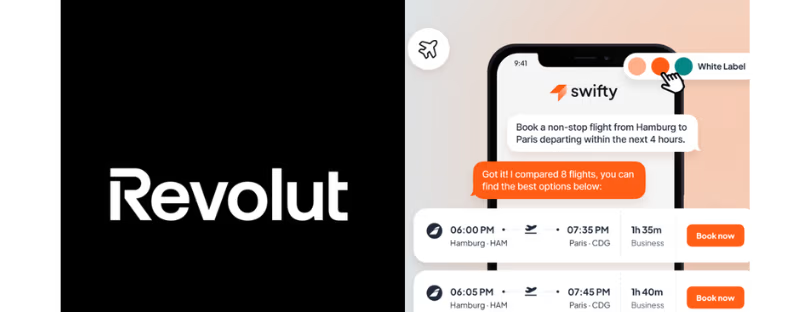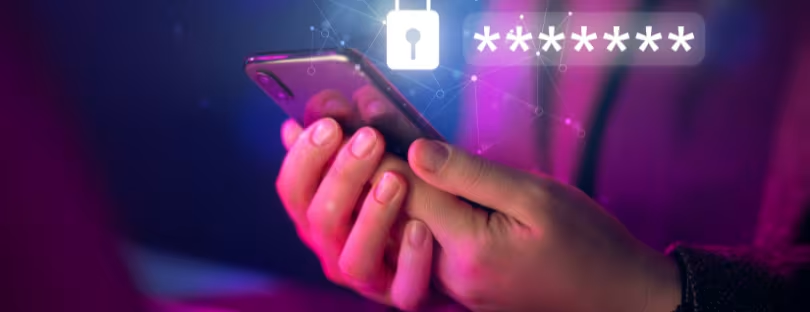
Europe proposes common charger for phones: USB-C chargers for all phones by 2024
The European Commission will on Thursday present a legislative proposal for a common charger for mobile phones, tablets and headphones, a move likely to affect iPhone maker Apple more than its rivals. USB-C chargers
The European Union executive and EU lawmakers have been pushing for a common charger for over a decade, saying it would be better for the environment and more convenient for users, Reuters reported.
The Commission wants the sale of chargers to be decoupled from devices, and also propose a harmonised charging port.
Apple, whose iPhones are charged from its Lightning cable, has said rules forcing connectors to conform to one type could deter innovation, create a mountain of electronic waste and irk consumers.
Rival Android-based devices are charged using USB-C connectors. Half the chargers sold with mobile phones in 2018 had a USB micro-B connector, while 29 percent had a USB-C connector and 21 percent a Lightning connector, according to a 2019 Commission study. USB-C chargers
What is the difference between USB and USB Type-C?
USB-C connectors are the fastest around — with the right setup
USB-C connectors can be used to transfer data, power, and even video and audio.
However, how fast it works depends on what you’re connecting it to.
Different devices have different types of USB ports. These are generally split into three types: USB 3.1, USB 3.2, and Thunderbolt 3 (the latter mainly found on Apple computers). You can see what type you have by checking your device’s manual, or contacting the manufacturer.
By default, a USB-C cable plugged into a USB 3.1 port can transfer 10 gigabytes of data per second. Plugging into a 3.2 port will get you 20 gigabytes per second. And Thunderbolt 3 ports allow USB-C cables to carry a substantial 40 gigabytes per second.
This is much faster than any other sort of USB connector.
USB-C cables are also used to transfer power — they’re commonly used to charge portable devices, smartphones, laptops, and even security cameras.









